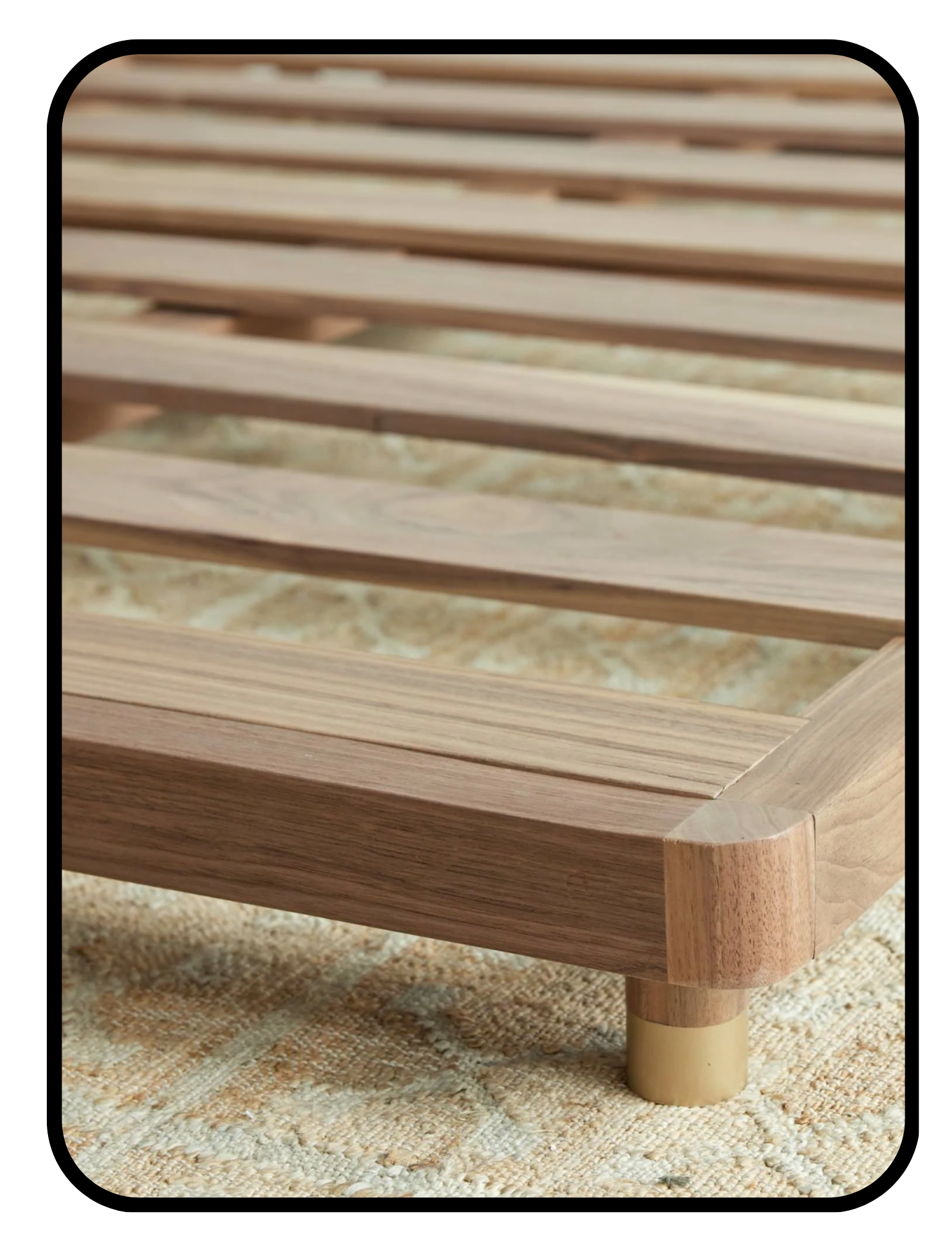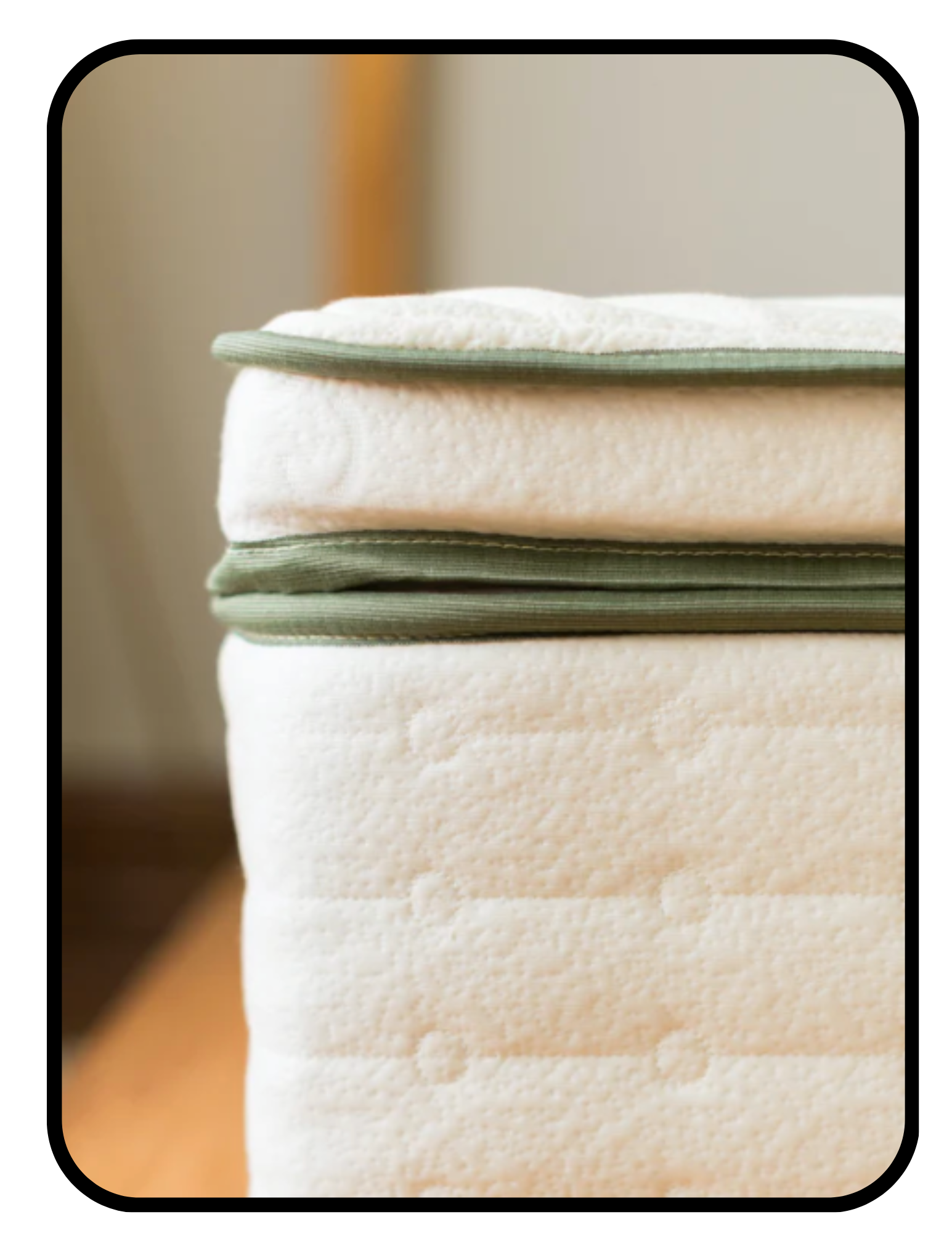Learn ➜ Material Health Guides ➜ Fragrance Guide
Fragrance Guide
By Dr. Meg Christensen | Updated June 2025
Fragrance is everywhere in our homes: candles, air fresheners, cleaning products, and even items that don't need scenting like trash bags and toilet paper. But most scented products—even those labeled "natural fragrance"—contain synthetic chemicals like phthalates and aldehydes that can trigger asthma and disrupt hormones. This guide breaks down the difference between truly natural essential oils and synthetic fragrances, compares delivery methods from candles to diffusers, and answers common questions like: Is natural fragrance really natural? Why is incense so toxic? Are candle warmers safer than burning wicks?
Natural vs synthetic fragrance
Is natural fragrance non toxic?
No. Natural fragrance, aroma, parfum, luxury scenting, and fragrance oil are all synthetic fragrances, which are made in a lab by blending various chemicals and sometimes plant extracts. The word “natural” isn’t defined or regulated in personal care products and fragrance in the United States, so the phrase “natural fragrance” can be legally used, and make the product seem healthier than it is. So, unless a fragrance’s ingredients are “100% essential oil,” it is not truly natural.
How do I know if a fragrance is synthetic?
Unless it is labeled “100% essential oil,” it is probably synthetic.
Are synthetic fragrances toxic?
Yes, they contain phthalates, aldehydes, parabens, and are linked with reproductive harm, asthma, heart disease, neurotoxicity, and more. There are 3,600+ synthetic fragrance chemicals currently in existence, and dozens can be combined into one scent.
Useful vs Not Useful Certifications for Scent
What is IFRA certification?
I’m a little skeptical about how useful IFRA is— they still allow benzophenone, methyleugenol and styrene in IFRA approved scents— all known carcinogens. When a company claims its scents are safe because they are IFRA-approved, it’s not necessarily true. I’d rather see more transparency and a list of what compounds make up the “fragrance.” However, because they do limit some of the most harmful chemicals, I still consider IFRA-certified fragrance slightly better than uncertified fragrance.
Why are non-organic essential oils less healthy than organic ones?
Non-organic essential oils come from non-organic plants, which are typically grown with pesticides and synthetic fertilizers. These remain in the final product. Look for scents made with USDA certified organic herbs.
Candles vs Incense vs Diffusers for Health
What does substrate mean?
The definition of a substrate is, “an underlying surface or layer.” For the purposes of this guide, this is whatever the scent is mixed with or attached to, or what the scent travels along for release into the room. For example, candle wax, candle wicks, incense sticks (which are usually bamboo coated in adhesive), water, resin, or plant materials like palo santo sticks, sage leafs, or pinecones.
What is an example of a scent that would be in plain water?
Reed diffusers, electric evaporative diffusers, and regular spray bottles (non-pressurized) are all examples of delivery methods that rely on mixing a scent with water for release it into the room.
What are plant-based substrates?
Examples of substrates that are100% plant-based include: hemp or cotton candle wicks,100% coconut or soy candle wax, or sticks, or leaves. This is just to differentiate from substrates that are not plant-based, like regular paraffin candle wax (which comes from petroleum), or the glues used to adhere scent to incense sticks.
What is a tallow candle?
Tallow is rendered animal fat, typically from beef or sheep. It’s similar to lard, and is what candles were made with until modern chemistry allowed us to create paraffin.
What is paraffin?
Paraffin is a petroleum-based wax. Most standard candles are made with paraffin. It’s extracted from petroleum as a part of the oil refining process, mixed with solvents, distilled, and then further processed — making it softer or harder, or adding dyes to make it colorful. Burning petroleum, solvents, chemical additives, and dyes pollutes your indoor air. Some candles are labeled “coconut wax blend” or “soy wax blend.” When you see the word “blend,” it is likely blended with paraffin.
Is incense toxic?
Standard incense is listed as the least healthy option here. That’s because incense, despite its association with spirituality and health, is surprisingly toxic when it burns. So much so that research groups have spent time and effort quantifying exactly what chemicals, and in what amount, are released upon burning incense sticks.
Most incense sticks are proprietary, meaning they won’t disclose what the exact ingredients are. Typically, they are made of a combination of the following: 21% (by weight) of herbal and wood powder, 35% of fragrance material, 11% of adhesive powder, and 33% of bamboo stick.
When they burn, they release 4 times the amount of Particulate Matter as a cigarette, several poisonous gases (carbon monoxide, nitrogen dioxide, and sulfur dioxide), polylcyclic aromatic hydrocarbons (PAH’s), formaldehyde, and phthalates. Wow! If you must burn incense, I recommend using ones that have 100% ingredient disclosure— and use sparingly in a well-ventilated room.
What is evaporation or manual diffusion?
For the purposes of this guide, evaporation and manual diffusion are the two ways in which scent moves into the air with the least manipulation, and the least change in its properties. It’s a clunky description, but I wanted to differentiate it from nebulized or ultrasonic diffusion (more on those below.)
For evaporation, liquid scent is naturally drawn into the air by evaporation over time, much like a puddle evaporates on a sunny day. This same process happens with reed diffusers, or after using a regular spray bottle (not pressurized aerosol) to spritz a scent into the air. Electronic evaporative diffusers promote the same process, just faster— for example, using a small fan to encourage the scent to evaporate into the air.
What is nebulized or ultrasonic diffusion?
These are common diffuser types that potentially change the molecular size of the scent. Some of them claim to make scents “nanoparticles,” and while I can’t verify that’s truly what happens, I regard them with some caution. Nanochemicals are so small, they can cross through our cell walls and even through our blood-brain barrier. The technology as a whole is very new, so while this may turn out to be a safe delivery method for scent, I still think regular evaporative diffusers are healthier options until we know more.
What are aerosols?
Aerosols are tiny droplets suspended in the air— and for this guide, they usually get their under some pressure, like paint comes from a spray paint, or how Febreze comes out of its spray can. Compressed gas is what propels these out of the can into a very fine mist. Room fresheners typically come in compressed gas aerosol cans. Plug-in air fresheners are miniature versions— these use a tiny electrical circuit instead of your finger to “press the button” and release scented aerosol.
What are propellants?
Propellants are compressed gasses in aerosol cans that force the scent out in its powerful, misty form. In the “olden days,” this gas was CFCs, or chlorofluorocarbons. However, CFC’s were banned because they were contributing to a big hole in the ozone layer. Now, other gasses are used instead. These are released along with the scent, so it’s a good idea to use safe ones. Benzene, a well-known human carcinogen, of which there is no level of safe exposure to, was found in many personal care aerosol sprays in 2021, forcing a major recall of those items. Ethanol may be a propellant that contains trace amounts of benzene (a carcinogen). Some home fragrance aerosols use acetone and propane as propellants.
What is the difference between nitrogen and other gas propellants?
Nitrogen gas is currently considered the safest gas propellant. It is generally considered non-toxic, though it’s hard to know without doing a little digging what propellant is used in an aerosol scent. You can always check the Safety Data Sheet, or you can use other formats for scent, like regular spray bottles or diffusers.
Why are candles bad for you?
Combustion — AKA, burning anything, including beeswax candles, paraffin candles, incense, even palo santo and sage — exposes you to smoke, which is filled with fine particulate matter (PM 2.5), carbon monoxide, nitrogen dioxide, and sulfur dioxide. Depending on whether or not the scent you’re burning is organic or synthetic, it also releases other gasses, VOCs, pesticides, and phthalates into the air. PM 2.5 is related to heart and lung disease, cancer, and is increasingly associated with developing dementia. It is the primary reason wildfire smoke and outdoor air quality warnings are issued, and is best kept to a minimum inside your house.
So, if you do burn candles, it’s healthiest to use 100% organic and plant based scents and substrates, then ventilate well. I use them during special occasions, and just ventilate and turn on my air purifier afterward!
How can I make my candle less toxic?
The easiest way to do this is to use a candle warmer instead of burning the wick. Melting the wax gently lets the scent into your room without releasing the PM 2.5 particles that come from combustion. (And of course, choosing candles made with organic essential oils and pure waxes in the first place will help, too. See the ones I recommend here!)
About “Non Toxic” and Other Language
A quick note about how I use the terms non-toxic, chemical, and toxin:
I understand that there is no agreed-upon definition of the term non-toxic, and that everything, even water, is made of chemicals, so nothing is truly chemical-free. Likewise, I’m aware that toxin refers to a natural substance like a plant poison or venom, whereas toxicant is a more accurate term for the chemicals in products that have a negative health impact. I choose to use these words anyway because they are currently the most culturally agreed-upon, descriptive, and accessible terms that allow people to find the information they are seeking.
Some people really care about the accuracy of this terminology, so I’m letting you know!
Fragrance Rating Scales
Rating scales for scents, the substrates they’re on, and how they get into the air in your home. These scales keep me consistent and unbiased as I rate and rank products in the Interior Medicine shop, and hopefully they’re helpful for you, too.
Having three scales captures a more complete picture of a fragrance’s impact on your health by considering three things: what the scent itself is made from, what it is blended with (substrate), and how it is dispersed into the air in your home (throw method). For example, a perfectly healthy, 100% organic essential oil may be blended with a petroleum-based wax and burned, releasing a slew of unhealthy chemicals and smoke particles. On the other hand, a less-than-perfectly-healthy essential oil may be safely diffused in pure water, making it a healthier choice overall.
Scent Types
Substrates
Throw Methods
More Healthy Design for You
Learn ➜ Material Health Guides ➜ Fragrance Guide









